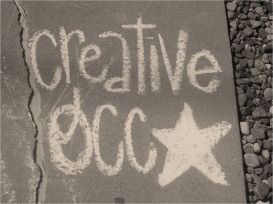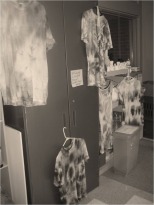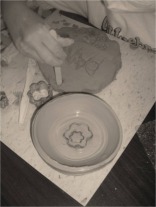Creative Occupations

Creative occupations refers to the use of painting, drawing, music, dance, photography, storytelling, acting, and other creative arts which may be used as a tool for therapy as well as an end goal for a patient (La Cour, Josephsson, & Luborsky, 2005). Creative occupations enhance physical, mental, and psychosocial health by stimulating the neurological system (Gutman & Schindler, 2007). They can be used by occupational therapists in traditional as well as nontraditional therapy settings to give clients of all ages meaning and acceptance while promoting healing. These creative activities are shown to activate the brain’s reward system, relax the patient, and/or preserve and improve function (Gutman & Schindler, 2007). Participation in such activities also gives clients meaning as well as a sense of productivity, which increases self esteem and quality of life.
References
Gutman, S. A., & Schindler, V. P. (2007). The neurological basis of occupation. Occupational Therapy International, 14, 71-85.
La Cour, K., Josephsson, S., & Luborsky, M. (2005). Creating connections to life during life threatening illness: Creative activity experienced by elderly people and occupational therapists. Scandinavian Journal of Occupational Therapy, 12, 98-109.


